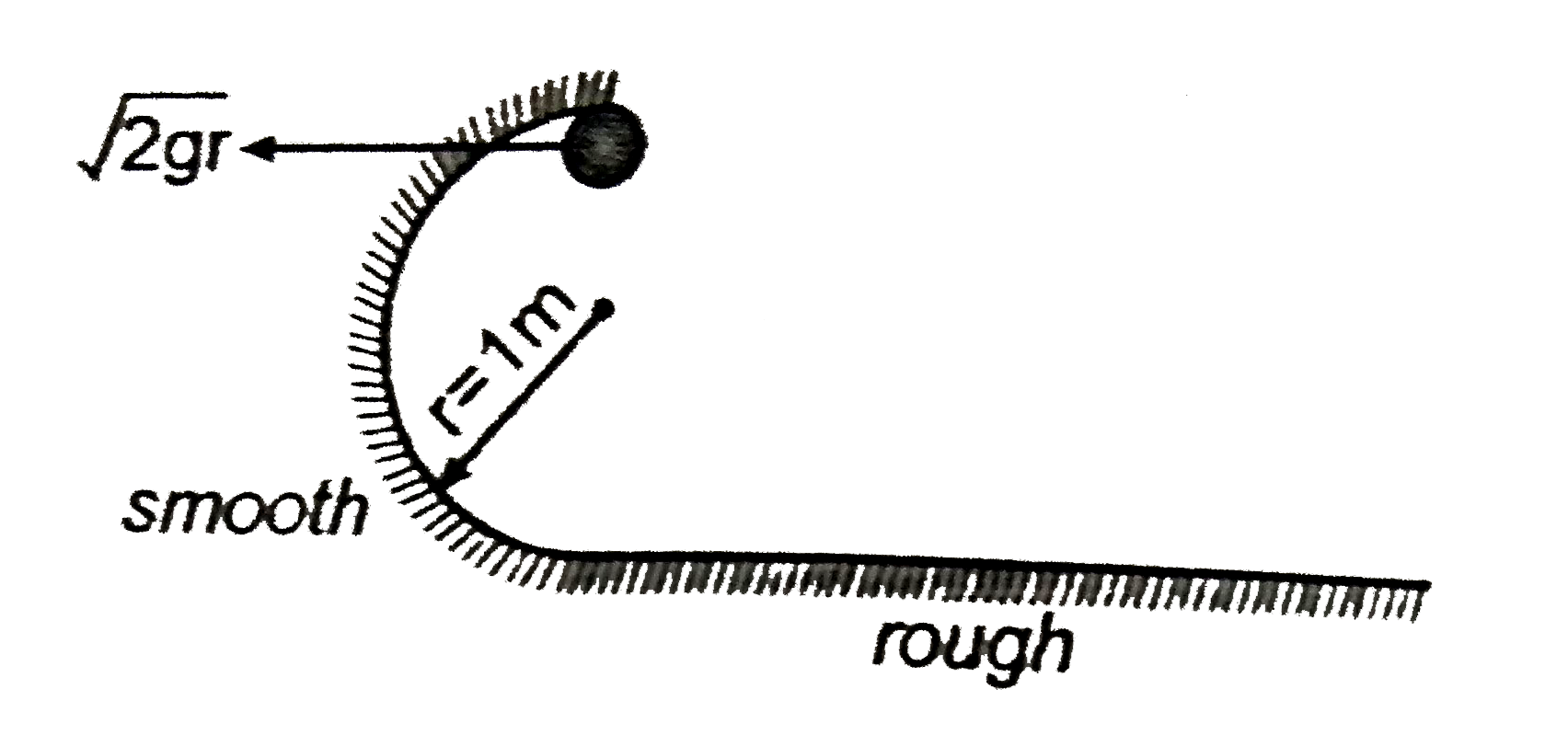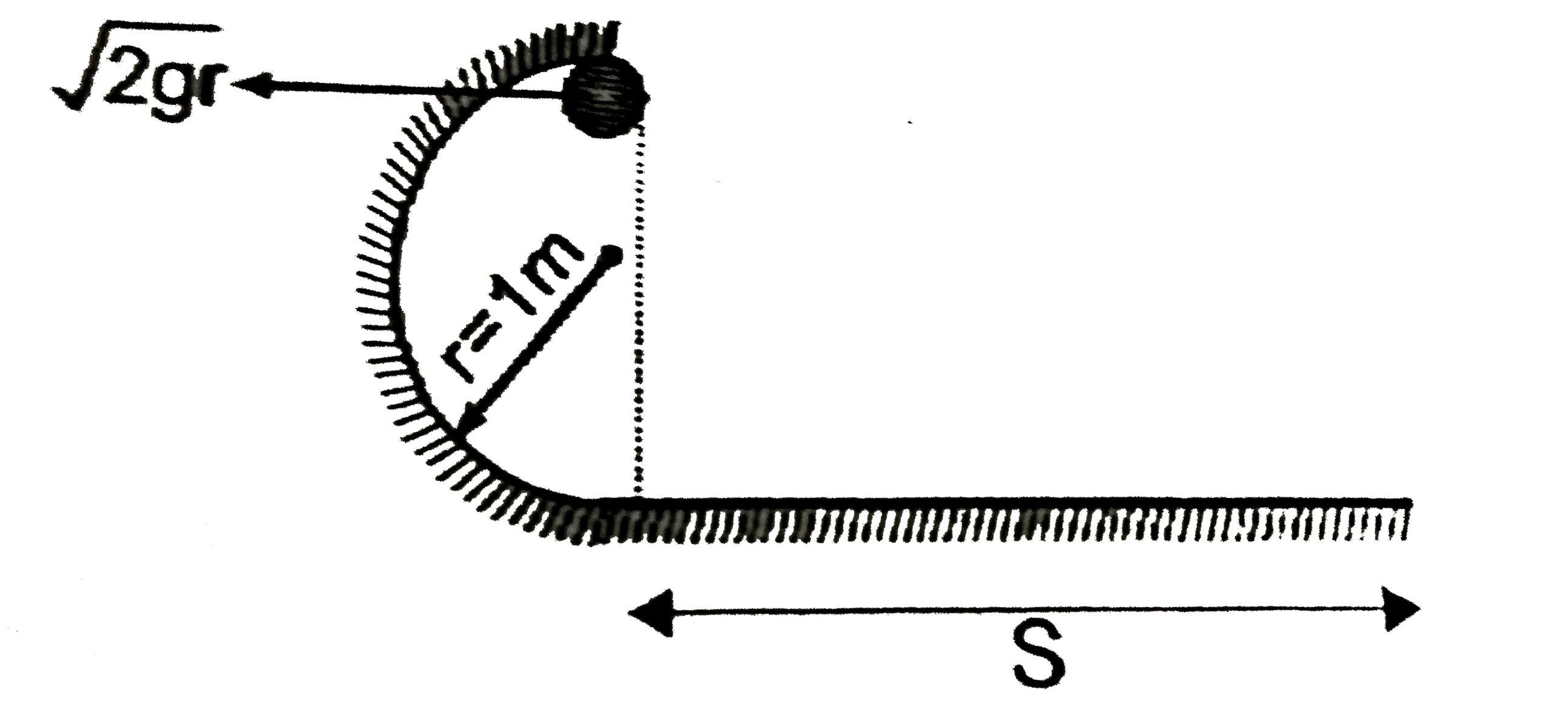A
B
C
D
Text Solution
Verified by Experts
The correct Answer is:
Topper's Solved these Questions
DAILY PRACTICE PROBLEMS
RESONANCE|Exercise dpp 42|7 VideosDAILY PRACTICE PROBLEMS
RESONANCE|Exercise dpp 43|11 VideosDAILY PRACTICE PROBLEMS
RESONANCE|Exercise dpp 40|5 VideosCURRENT ELECTRICITY
RESONANCE|Exercise Exercise|54 VideosELASTICITY AND VISCOCITY
RESONANCE|Exercise Advanced Level Problems|9 Videos
Similar Questions
Explore conceptually related problems
RESONANCE-DAILY PRACTICE PROBLEMS-dpp 41
- A body is given a velocity sqrt(2gr) at the highest point of a half c...
Text Solution
|
- A particle moves along a circle of radius R with a constant angular sp...
Text Solution
|
- Three particles A,B and C move in a circle in anticlockwise direction...
Text Solution
|
- Two bodies having masses 10kg and 5kg are moving in concentric orbits ...
Text Solution
|
- A stone is thrown horizontally with a velocity of 10m//sec. Find the r...
Text Solution
|
- A particle begins to move with a tangential acceleration of constant m...
Text Solution
|
- One of the forces acting on a particle is conservative then which of t...
Text Solution
|

